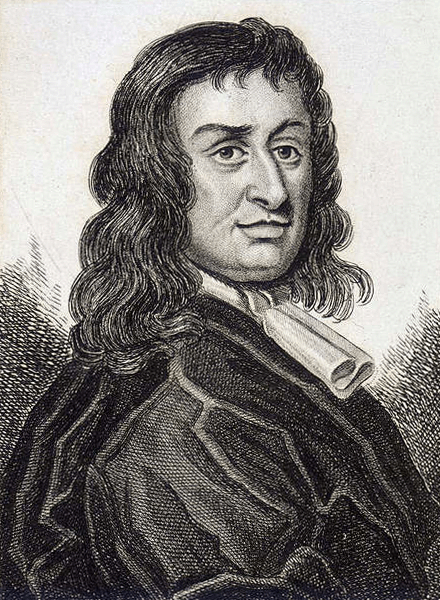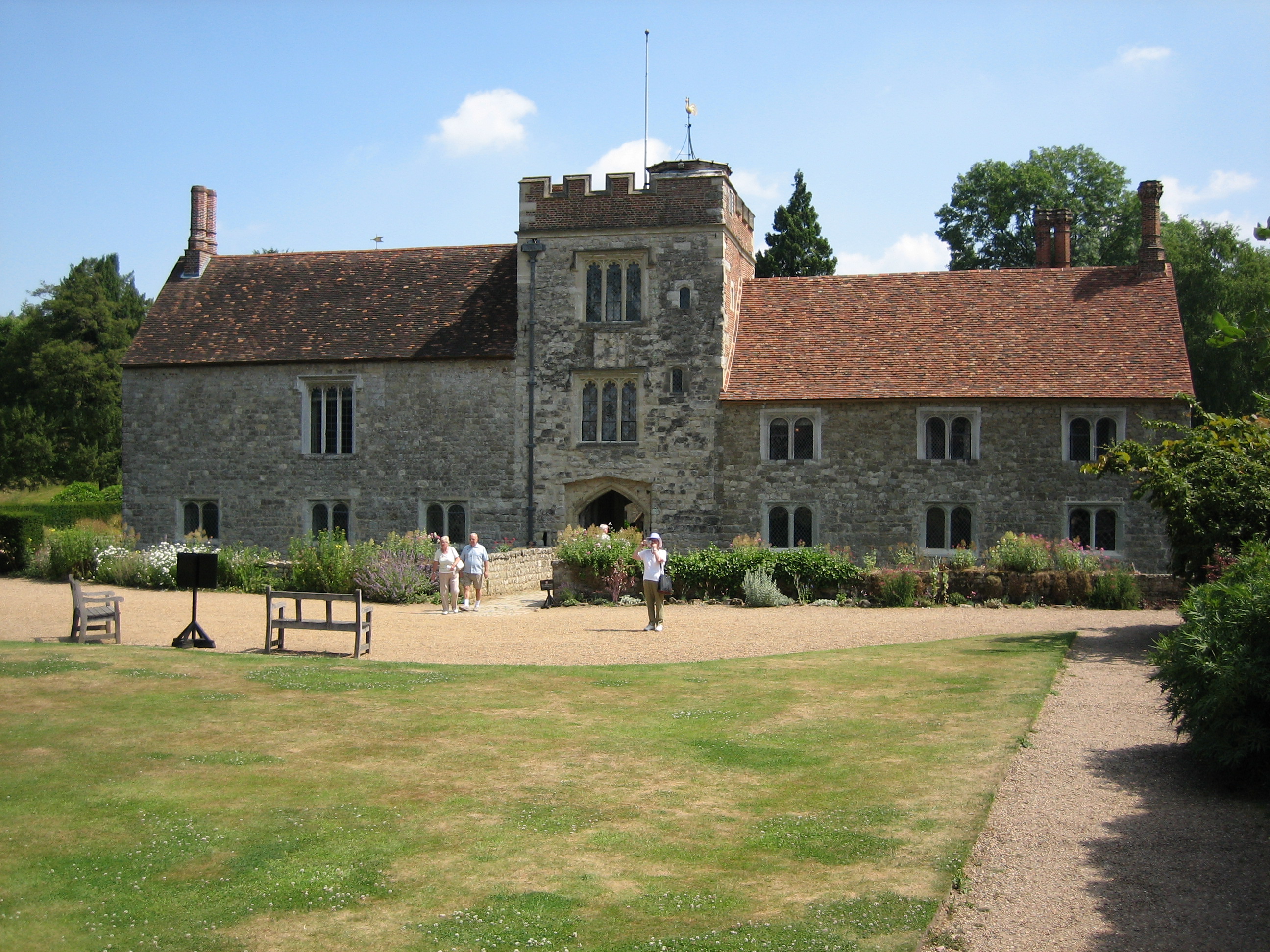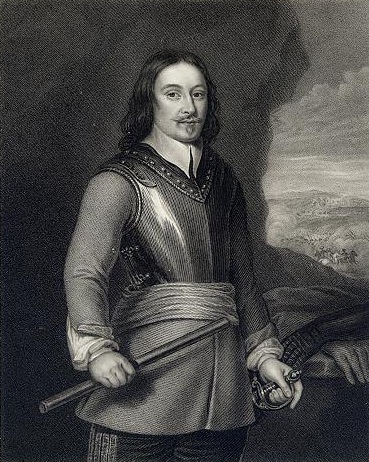|
Holcroft Hall
Holcroft Hall is a Grade II* listed privately owned historic house in Holcroft, Culcheth, Cheshire. History The manor of Holcroft was the product of a division of the manor of Culcheth in the mid-13th century, and the Holcrofts may have been descended from the de Culcheth family, the original holders of the manor, although the succession of the estate is not certain before John Holcroft, the lord of the manor in the early 16th century and father of the politician John Holcroft (d.1560) and the courtier Sir Thomas Holcroft (d.1558). One of the family was Colonel John Holcroft, who favored the Parliamentary side in the Civil War. His eldest daughter, Mary Holcroft, married Colonel Thomas Blood to attempt to gain possession of the estate in the 1670s. Eleanor, daughter of Mary's brother Thomas Holcroft, married Thomas Tyldesley of Myerscough and Morley, and the manor passed to the Tyldesley family until 1761. By 1787, the Hall was owned by Samuel Pool. Architecture This ... [...More Info...] [...Related Items...] OR: [Wikipedia] [Google] [Baidu] |
Listed Building
In the United Kingdom, a listed building is a structure of particular architectural or historic interest deserving of special protection. Such buildings are placed on one of the four statutory lists maintained by Historic England in England, Historic Environment Scotland in Scotland, in Wales, and the Historic Environment Division of the Department for Communities in Northern Ireland. The classification schemes differ between England and Wales, Scotland, and Northern Ireland (see sections below). The term has also been used in the Republic of Ireland, where buildings are protected under the Planning and Development Act 2000, although the statutory term in Ireland is "Record of Protected Structures, protected structure". A listed building may not be demolished, extended, or altered without permission from the local planning authority, which typically consults the relevant central government agency. In England and Wales, a national amenity society must be notified of any work to ... [...More Info...] [...Related Items...] OR: [Wikipedia] [Google] [Baidu] |
Culcheth
Culcheth is a village in the civil parish of Culcheth and Glazebury, in the Warrington district, in Cheshire, England, six miles (10 km) north-east of Warrington. Within the boundaries of the historic county of Lancashire, Culcheth is primarily residential, with a large village green. The old railway line is now known as Culcheth Linear Park. Toponymy The name ''Culcheth'' is first attested in 1201, in the form ''Culchet''; other early attestations include ''Kulchit'' (1242) and ''Culchith'', ''Kilchiche'', ''Kylchiz'' (1292)., s.v. ''Culcheth''. The name derives from the Common Brittonic words that survive in modern Welsh as ("narrow") and ("woodland"), a pairing found in the names of several other British places, such as Culgaith (Cumbria), Colquite (Cornwall), Blaencilgoed (Dyfed), and Culcoed (Dyfed and Gwynedd). History The area is known to have been established before or around the time of the Norman conquest, from its mention in the Domesday Book. Culcheth Ha ... [...More Info...] [...Related Items...] OR: [Wikipedia] [Google] [Baidu] |
Cheshire
Cheshire ( ) is a Ceremonial counties of England, ceremonial county in North West England. It is bordered by Merseyside to the north-west, Greater Manchester to the north-east, Derbyshire to the east, Staffordshire to the south-east, and Shropshire to the south; to the west it is bordered by the Welsh counties of Flintshire and Wrexham County Borough, Wrexham, and has a short coastline on the Dee Estuary. The largest settlement is Warrington. The county has an area of and had a population of 1,095,500 at the 2021 United Kingdom census, 2021 census. The areas around the River Mersey in the north of the county are the most densely populated, with Warrington, Runcorn, Widnes, and Ellesmere Port located on the river. The city of Chester lies in the west of the county, Crewe in the south, and Macclesfield in the east. For Local government in England, local government purposes Cheshire comprises four Unitary authorities of England, unitary authority areas: Cheshire East, Cheshire We ... [...More Info...] [...Related Items...] OR: [Wikipedia] [Google] [Baidu] |
Lord Of The Manor
Lord of the manor is a title that, in Anglo-Saxon England and Norman England, referred to the landholder of a historical rural estate. The titles date to the English Feudalism, feudal (specifically English feudal barony, baronial) system. The lord enjoyed Manorialism, manorial rights (the rights to establish and occupy a residence, known as the manor house and demesne) as well as seignory, the right to grant or draw benefit from the estate (for example, as a landlord). The title is not a peerage or title of upper nobility (although the holder could also be a peer) but was a relationship to land and how it could be used and those living on the land (tenants) may be deployed, and the broad estate and its inhabitants administered. The title continues in modern England and Wales as a legally recognised form of property that can be held independently of its historical rights. It may belong entirely to one person or be a moiety title, moiety shared with other people. The title is know ... [...More Info...] [...Related Items...] OR: [Wikipedia] [Google] [Baidu] |
John Holcroft (16th-century MP)
Sir John Holcroft (died 1560) of Holcroft Hall, Culcheth, was a soldier, politician, and landowner of the Tudor period. He was returned twice as a member of the English parliament for Lancashire. Background The date of John Holcroft's birth is not known, although it is known that he was born by 1498. He was the eldest son of John Holcroft of Holcroft: the remains of Holcroft Hall are close to the Glaze Brook, east of Culcheth, . Holcroft's mother was Margaret Massey, daughter of Hamnett or Hamlet Massey of Rixton, which lies a few miles to the south of Holcroft, on the River Mersey. The Masseys also had lands in the township of Pennington. The Holcrofts were minor landed gentry. The manor of Holcroft had come into being after Gilbert de Culcheth was murdered in 1246, leaving four infant daughters as heirs. As wards of William le Boteler, lord of Warrington, their marriages were sold to Hugh de Hindley, who married them to his own four young sons and divided the estate among t ... [...More Info...] [...Related Items...] OR: [Wikipedia] [Google] [Baidu] |
Thomas Holcroft (politician)
Sir Thomas Holcroft (1505 – 31 July 1558) was a sixteenth-century English courtier, soldier, politician and landowner. Holcroft's fortune was made from speculation in former monastic properties, after having distinguished himself during the Anglo-Scottish Wars. He was a close supporter of Lord Protector Somerset and represented three constituencies in the English Parliament. Background and early life Thomas Holcroft was born at Holcroft Hall, Culcheth, Lancashire, the son of John Holcroft of Holcroft and Margaret Massey. The Holcrofts were minor gentry who had been resident since the Middle Ages at Holcroft Hall, the remains of which lie close to the Glazebrook, to the east of Culcheth. The manor of Holcroft was the product of a division of the manor of Culcheth in the mid-13th century and the Holcrofts may have been descended from the de Culcheth family, the original holders of the manor, although the succession of the estate is not certain before John Holcroft, the lo ... [...More Info...] [...Related Items...] OR: [Wikipedia] [Google] [Baidu] |
Thomas Blood
Thomas Blood (1618 – 24 August 1680) was an Anglo-Irish officer and self-styled colonel best known for his attempt to steal the Crown Jewels of England from the Tower of London in 1671. Described in an American source as a "noted bravo and desperado,"''The New American Cyclopaedia: A popular dictionary of general knowledge'', Volume 3, George Ripley, Charles A. Dana, 1859 (D Appleton & Company) pages 372 to 373 he was also known for his attempt to kidnap and, later, to kill, his enemy James Butler, 1st Duke of Ormond. Early life Sources suggest that Blood was born in County Clare, in the Kingdom of Ireland, the son of a successful land-owning blacksmith of English descent, and was partly raised at Sarney, near Dunboyne, in County Meath. He was apparently a Presbyterian. His family was respectable and prosperous (by the standards of the time); his father held lands in Counties Clare, Meath and Wicklow. His grandfather was a member of the Irish Parliament, and had li ... [...More Info...] [...Related Items...] OR: [Wikipedia] [Google] [Baidu] |
Thomas Tyldesley
Sir Thomas Tyldesley (1612 – 25 August 1651) was a supporter of Charles I and a Royalist commander during the English Civil War. Life Thomas Tyldesley was born on 3 September 1612 at Woodplumpton, the eldest of the six children of Edward Tyldesley (1582–1621) of Morleys Hall, Astley, in the parish of Leigh and his wife Elizabeth Preston of Holker Hall. He entered Gray's Inn intending to follow a career of law. Later he became a professional soldier and served in the Thirty Years' War in Germany. He married Frances, elder daughter of Ralph Standish in 1634 and they had three sons and seven daughters. His family were recusants and his grandmother arranged a pension for priest, Benedictine martyr Ambrose Barlow so that he could secretly carry out priestly duties, offering masses in secret in the homes of Catholics in the Leigh parish. Barlow was arrested at Morleys Hall during such a service. His aunt, Elizabeth Tyldesley, was abbess of the Poor Clares at Gravelines in the ... [...More Info...] [...Related Items...] OR: [Wikipedia] [Google] [Baidu] |
Listed Buildings In Culcheth And Glazebury
Culcheth and Glazebury is a Civil parishes in England, civil parish in the Borough of Warrington, Ceremonial counties of England, ceremonial county of Cheshire and Historic counties of England, historic county of Lancashire, England, northeast of the town of Warrington. It contains eleven buildings that are recorded in the National Heritage List for England as designated listed buildings. Other than the villages of Culcheth and Glazebury, the parish is rural. The A574 road runs through it, and two milestones adjacent to the road are listed. In addition a parish boundary stone on the B5207 road is listed. The church in Glazebury is also listed; all the other listed buildings are related to houses or farms. Key Buildings See also *Listed buildings in Croft, Cheshire, Listed buildings in Croft *Listed buildings in Wigan *Listed buildings in Salford *Listed buildings in Rixton-with-Glazebrook *Listed buildings in Birchwood References Citations Sources * {{DEFAULTSO ... [...More Info...] [...Related Items...] OR: [Wikipedia] [Google] [Baidu] |




